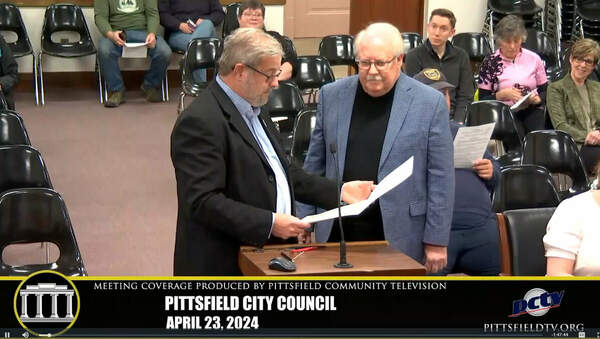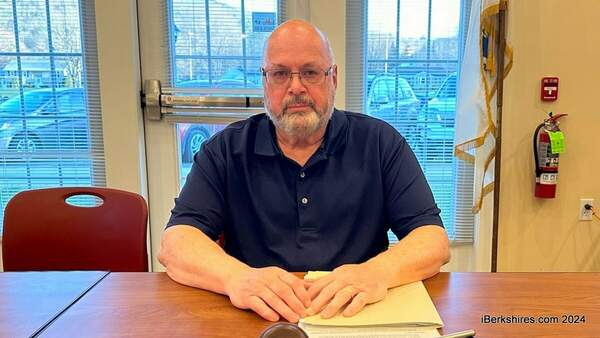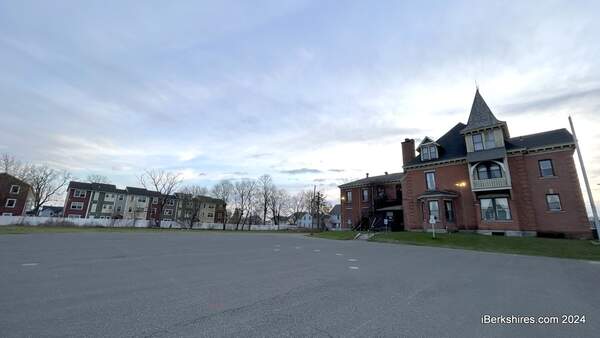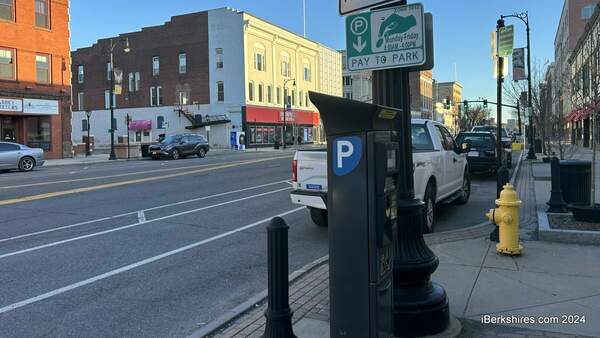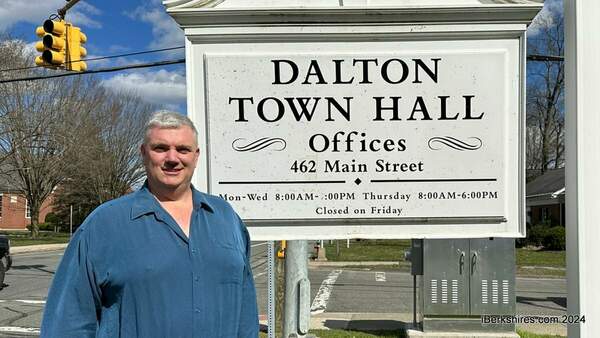Friends Group Formed To Improve Public Lands & Forests
 Ryan Aylesworth formed a new non-profit organization to improve access to parks and open spaces in the Berkshires. Ryan Aylesworth formed a new non-profit organization to improve access to parks and open spaces in the Berkshires. |
PITTSFIELD, Mass. — There have been plenty of studies and press conferences touting the economic impact of local cultural institutions, all with the backdrop of the beautiful Berkshires.
But why can't the "beautiful Berkshires" be an economic driver as well?
Companies and politicians all see the benefits of investing in culture but some say not nearly the same level of emphasis is placed on open spaces, hiking trails, natural beauty, and outdoor recreation.
Ryan Aylesworth is hoping to change that.
The former president and CEO of Audubon International and once a intergovernmental affairs liaison for the U.S. Fish and Wildlife Services has formed
the Western Massachusetts Public Land Alliance, a group intended to boost investment in the state land in Western Massachusetts.
"We make sure the world knows we have Mass MoCA, Tanglewood, Norman Rockwell, and the Clark. And we should. But, the way I see it, is that right now we are only emphasizing half of the value and benefit we can offer," Aylesworth said.
The organization was formed last July as a friends group to the publicly-owned land in the region. Its focus is to raise money to do projects to improve access and recreation as well as lobby the Legislature for investment and policies to support public lands.
"We want to get roads open. We want to get azalea fields restored. We want to fund programs and educational products that allow for a better visitor experience," Aylesworth said.
Essentially, outdoor recreation is an asset the state has under valued in Western Mass, he said, and with better management and more investment, the open spaces can contribute greatly to the economy — whether it be through more tourism, attracting young families to live here, or by timber harvesting.
"I've been to state parks in New York and Vermont and by and large they seem to be better managed, whether it is roads or invasive species control. In this region, there is so much public land. It is not conservation for conservation sake but from a regional economy standpoint and visitation standpoint and what makes people want to live here. Public open space is something that makes us unique. We should be playing to our strengths," Aylesworth said.
He pointed to Hurricane Irene washing out Schermerhorn Road, the access to October Mountain State forest that hasn't been fixed yet. Or, Circuit Road at the Pittsfield State Forest, which washed out last year and still hasn't reopened. If visitors can't access these parks and spaces, they won't return to the area and instead will visit other regions.
"Ultimately open space is a draw. You need to be able to put barriers to entry. The more roads you close, the more facilities you close, the more azalea fields you let grow in with invasive species, you are cutting your nose off to spite your face," Aylesworth said.
"If businesses and family donors understand that a robust, well-managed cultural economy is critical to the longstanding sustainability of this region, they need to start to understand that natural resources brings people here more."
While many people are attracted to cultural activities, others want outdoor recreation. Part of the organization will raise money through memberships, grants, and donations will rebuild roads to improve the experiences visitors have. One example is an effort the group is undertaking to raise money to replace picnic tables that have fallen into disrepair in various public parks.
"That's a pretty basic expectation people have," he said. "It is a very real, practical need."
Particularly, outdoor recreation will attract the younger generation to live and visit the region.
Another focus of the organization is to lobby the state for policies and funding. One change the group hopes to make is that currently when the Department of Conservation and Recreation cuts timber from a state forest, the proceeds go to the agency's general fund. Aylesworth says the alliance is looking for a policy that ensures some of those proceeds are invested back into the park from which the trees came.
"It is inequitable and it doesn't make any sense for all of that money to go to the general fund and not a cent of it come back to support the region it was harvested from. That feels a lot like theft," Aylesworth said.
Meanwhile, a lot of the state's resources are being sent to urban parks in the eastern and highly populated areas while investment in the Berkshires' land is falling short. One way to promote public investment here is to make sure politicians know the importance of the region through one, strong voice. By bringing the various users of the land together, the alliance feels it can provide a strong, unified voice in budget deliberations.
"If we reframe the conversation and focus on all of the common interests, there is so much there. All of these user groups would like to see more investment and better use of their tax dollars applied to lands they use. They may use the trails for different purposes but they are all bemoan the fact that the trails are mismanaged," Aylesworth said.
From hunters to all-terrain vehicle users to mountain bikers to hikers, there is enough space for everybody, he said, and that can be even more improved by advocating for active forest management. With well-managed timber harvesting, the state can create a more diverse ecosystem and boost the forestry industry.
"Management practices are necessary if you want to promote biodiversity but also if you want to create additional outdoor recreational opportunities. For example, people who want to do bird watching are going to need to have the right kind of habitat bird species they are looking for. The same thing for hunters. If you are a grouse or woodcock hunter, you won't be able to find them," he said.
"If state lands are more actively managed and for private lands the right incentives are in place for sustainable forestry, we can create new jobs, new facilities that utilize our forestry products."
The non-profit is raising money through various sources. The board of directors consists of the likes of the president of the Berkshire Chamber of Commerce, professors from the University of Massachusetts and Amherst College, business owners, and representatives from Fish and Wildlife.
While the alliance does have to work with DCR or Mass Wildlife on projects and getting approval, Aylesworth says it is not there to go by what the state says. Western Massachusetts Public Land Alliance will have its own opinions and will advocate and raise money for projects it feels are important.
"We are a friends group for state parks and wildlife areas. We are not a friends group for DCR and Mass Wildlife, the two agencies that manage those lands. What that means is while, hopefully, the agency is operating for the best of the land, there are going to be policies that we aren't going to be on the same side of. There will absolutely issues we take DCR or Mass Wildlife to task. It is not just about rubber stamping," Aylesworth said.
But, the friends group can be a valuable resource to those state agencies because of its ability to do things what they can't — like lobbying — or can quicken projects by taking over the administrative work like procurement.
Tags: DCR, forestland, parks & rec, public parks, state forest,
 Ryan Aylesworth formed a new non-profit organization to improve access to parks and open spaces in the Berkshires.
Ryan Aylesworth formed a new non-profit organization to improve access to parks and open spaces in the Berkshires.
